
Welcome to the homepage of the lecture
Correspondence Problems in Computer Vision
Winter Term 2011/2012
Home
About Us
People
Teaching
Research
Publications
Awards
Links
Contact
Internal
Correspondence Problems in Computer Vision
Computer Science Teaching Award (summer term 2008)
Lecturers:
Dr. Andrés Bruhn,
Oliver Demetz
Office hours: Friday, 14:15 - 15:15
Assistant:
Sebastian Volz
Winter Term 2011/2012
Lectures (2h) with programming/theoretical exercises (2h)
(6 credit points)
Lectures: Friday 10-12 c.t., Building E1.3, Lecture Hall 001
First lecture: Friday, October 21, 2011.
Tutorials: 2 hours each week
Group 1: Monday, 10-12 c.t. (Sebastian Volz)
Tutorials: Building E1.3, SR 014
(theory)
Tutorials: Building E1.3, NEW ROOM: Cip-Pool 104
(programming)
First tutorial: Monday, October 31, 2011.
NEWS: The grades for the first written exam are available.
Prerequisites – Synopsis – Planned Contents – Assignments – References
Example - Stereo Reconstruction
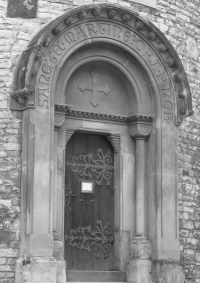
|
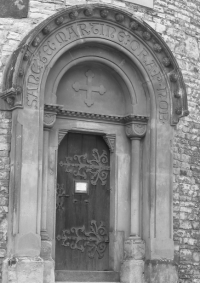
|
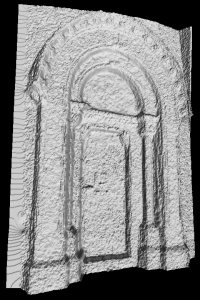
|
Example - Motion Estimation
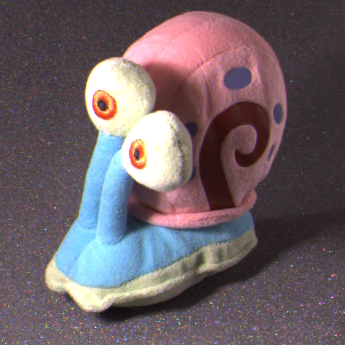
|
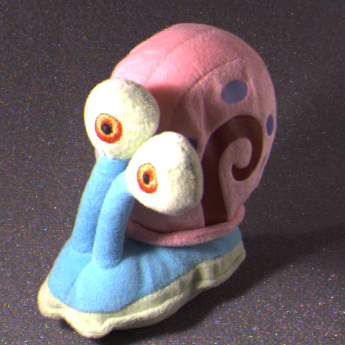
|
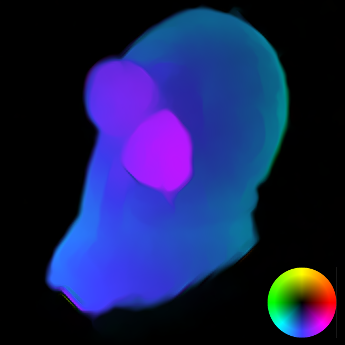
|
Requires undergraduate knowledge in mathematics (e.g. ''Mathematik für Informatiker I-III'') . Knowledge in image processing or differential equations is useful. The lectures will be given in English.
Correspondence problems are a central topic in computer vision. The basic
task amounts to identifying and matching corresponding
features in different images/views of the same scene. Typical examples for
correspondence problems are (i) the estimation of motion information from
consecutive frames of an image sequence (optic flow), (ii) the reconstruction
of a 3-D scene from a stereo image pair and (iii) the registration of medical
image data from different image acquisition devices (e.g. CT and MRT).
The central part of this lecture is concerned with discussing the most important
correspondence problems together with suitable algorithms for their solution.
This class is particularly useful for those students who wish to
to pursue a diploma or master thesis in our group in the field of
computer vision.
Programming excercises and theoretical assignments are offered as part of the tutorials.
The regular attendence of these excercises is requirement for admission to
the exam.
| Date | Assignment |
|---|---|
| 31/10 | P2 - Programming Assignment Sources |
| 14/11 | P4 - Programming Assignment Sources |
| 28/11 | P6 - Programming Assignment Sources |
| 09/12 | P8 - Programming Assignment Sources |
| 13/01 | P11 - Programming Assignment Sources |
| 27/01 | P13 - Programming Assignment Sources |
| Date | Assignment |
|---|---|
| 31/10 | Assignment P2 - Solution |
| 07/11 | Assignment T3 - Solution |
| 14/11 | Assignment P4 - Solution |
| 21/11 | Assignment T5 - Solution |
| 28/11 | Assignment P6 - Solution |
| 05/12 | Assignment T7 - Solution |
| 12/12 | Assignment P8 - Solution |
| 09/01 | Assignment T10 - Solution |
| 16/01 | Assignment P11 - Solution |
| 23/01 | Assignment T12 - Solution |
| 30/01 | Assignment P13 - Solution |
At the end of the lecture, self-test problems will be offered to prepare for the exam.
| Date | Self-Test Problems |
|---|---|
| 02/02 | Self-Test Problems |
| 08/02 | Self-Test Problems - Solutions |
In order to participate in the lecture/exam you have to register twice:
-
Firstly, you have to register online to the system of the MIA
group. This gives us an estimate of the number of students attending
the course and allows us to issue the certificates at the
end of the semester.
You can enroll here
from Fri, Oct. 21, 2011, to Thu, Oct 27, 2011.
-
Secondly, depending on your field of study, you have to register online for the lecture/exam
to the general system of Saarland University: the HISPOS system.
The first written exam takes place on Friday, February 10 from 10 to 12 AM
in Building E1.3, Lecture Halls 001 and 002.
The second written exam takes place on Monday, March 19 from 10 to 12 AM
in Building E1.3, Lecture Halls 001 and 002.
In order to qualify for the exams attendance of the tutorials is mandatory.
In case of qualification,
you are allowed to take part in both exams.
The better grade counts.
These are the rules during the exams:
- Both exams are closed book exams: Neither the course material (including lecture notes and example solutions from this web page) nor hand-written notes are allowed. Dictionaries, however, are permitted.
- Pocket calculators are not allowed (and not needed).
- Mobile phones, PDAs, laptops and other electronic devices have to be turned off.
- Please keep your student ID card ready for an attendance check during the exam.
- Solutions that are written with pencil will not be graded.
- You are not allowed to take the exam sheets with you.
NEWS: The results of the first written exam can be queried via our
online query form.
You can inspect your exam sheets on
Friday, February 24th, 14:00-15:00, building E1.1, room 3.06 (3rd floor).
NEWS: The results of the second written exam can be queried via our
online query form.
You can inspect your exam sheets on
Friday, March 23th, 14:00-15:00, building E1.1, room 3.06 (3rd floor).
The following thresholds were applied to determine the grades:
- 1.0 : 30 - 28 points
- 1.3 : 27 - 27
- 1.7 : 26 - 25
- 2.0 : 24 - 24
- 2.3 : 23 - 22
- 2.7 : 21 - 21
- 3.0 : 20 - 19
- 3.3 : 18 - 18
- 3.7 : 17 - 16
- 4.0 : 15 - 15
- 5.0 : 14 - 0
There is no specific book that covers the complete content of this class. Many lectures will be based on articles from journals and conferences. However, the following three books cover most topics:
- Optic Flow
A. Bruhn: Variational Optic Flow Computation: Accurate Modeling and Efficient Numerics.
Ph.D. Thesis, 2006. Available from /bruhn/PhDThesis.pdf
- Stereo Reconstruction
O. Faugeras and Q.-T. Luong: The Geometry of Multiple Images. MIT Press, 2001.
- Medical Image Registration
J. Modersitzki: Numerical Methods for Image Registration. Oxford Press, 2003.
MIA Group
©2001-2023
The author is not
responsible for
the content of
external pages.
Imprint -
Data protection